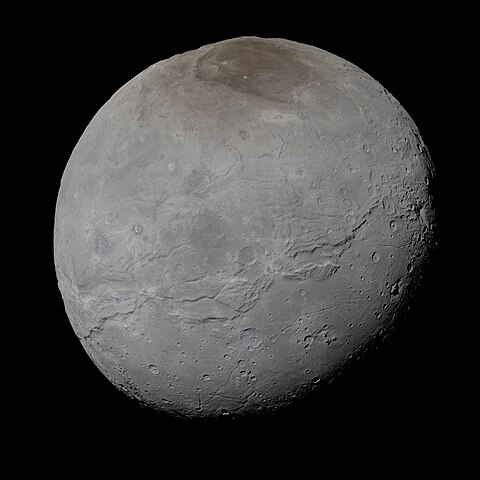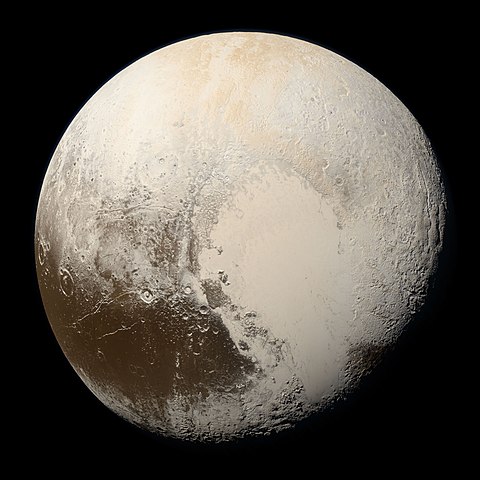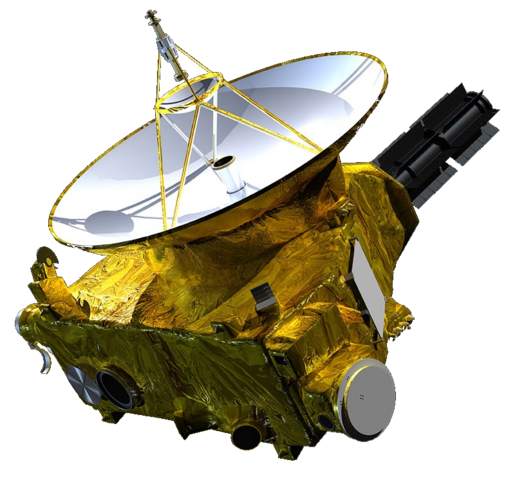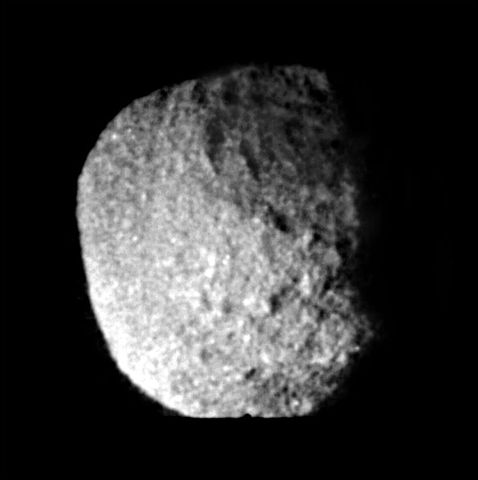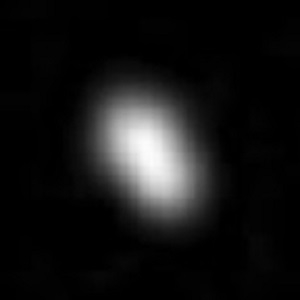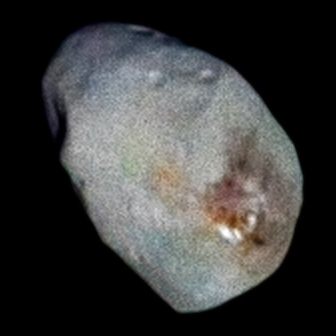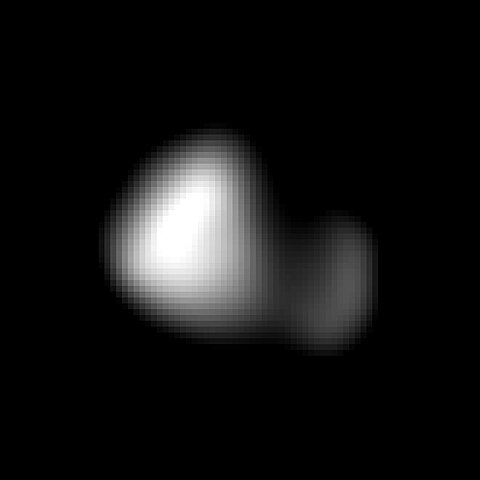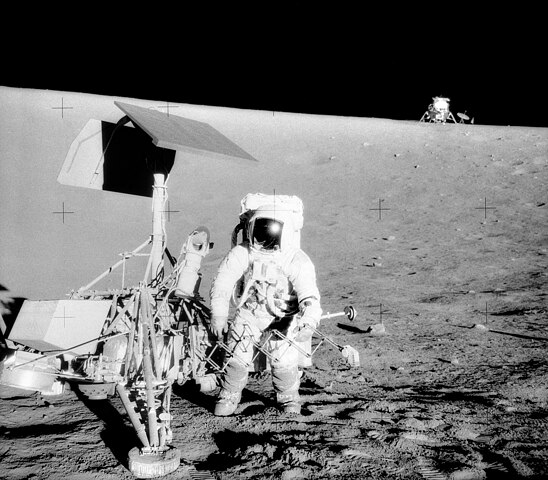1 day / second
0.5 AU
Charon
Moon of Pluto
A large moon half the diameter of Pluto that is tidally locked with its parent body, forming a binary system where both objects perpetually show the same face to each other as they orbit.
Key Facts
learn more | Wikipedia |
mass | 1.5860e+21 kg |
radius | 606 km |
semi-major axis | 19,595.764 km |
eccentricity | 0 |
inclination | 0.08º |
longitude of the ascending node | 223.046º |
argument of periapsis | 0º |
orbital period | 6.766 days |
sidereal rotation period | 6.387 days |
axial tilt | 0º |
surface gravity | 0.029 g |
discovery date | June 22, 1978 |
discovered by | James W. Christy at United States Naval Observatory Flagstaff Station |
name origins | Named after Charon, the ferryman of the dead in Greek mythology |
density | 1.702 g/cm³ |
albedo | 0.372 |
rotation | Tidally locked to Pluto |
Parent Dwarf Planet
134340 Pluto
A frigid dwarf planet orbiting in the distant Kuiper Belt, characterized by its reddish-brown coloring, prominent heart-shaped plain, thin nitrogen atmosphere, and five moons including its largest companion Charon.
Spacecraft Visits
New Horizons
Flyby
Launched in 2006, visited in 2015
During its historic Pluto system flyby on July 14, 2015, New Horizons captured detailed images of Charon from just 27,000 kilometers away, revealing a dark polar region nicknamed Mordor Macula and extensive geological features including a system of canyons longer and deeper than the Grand Canyon.
